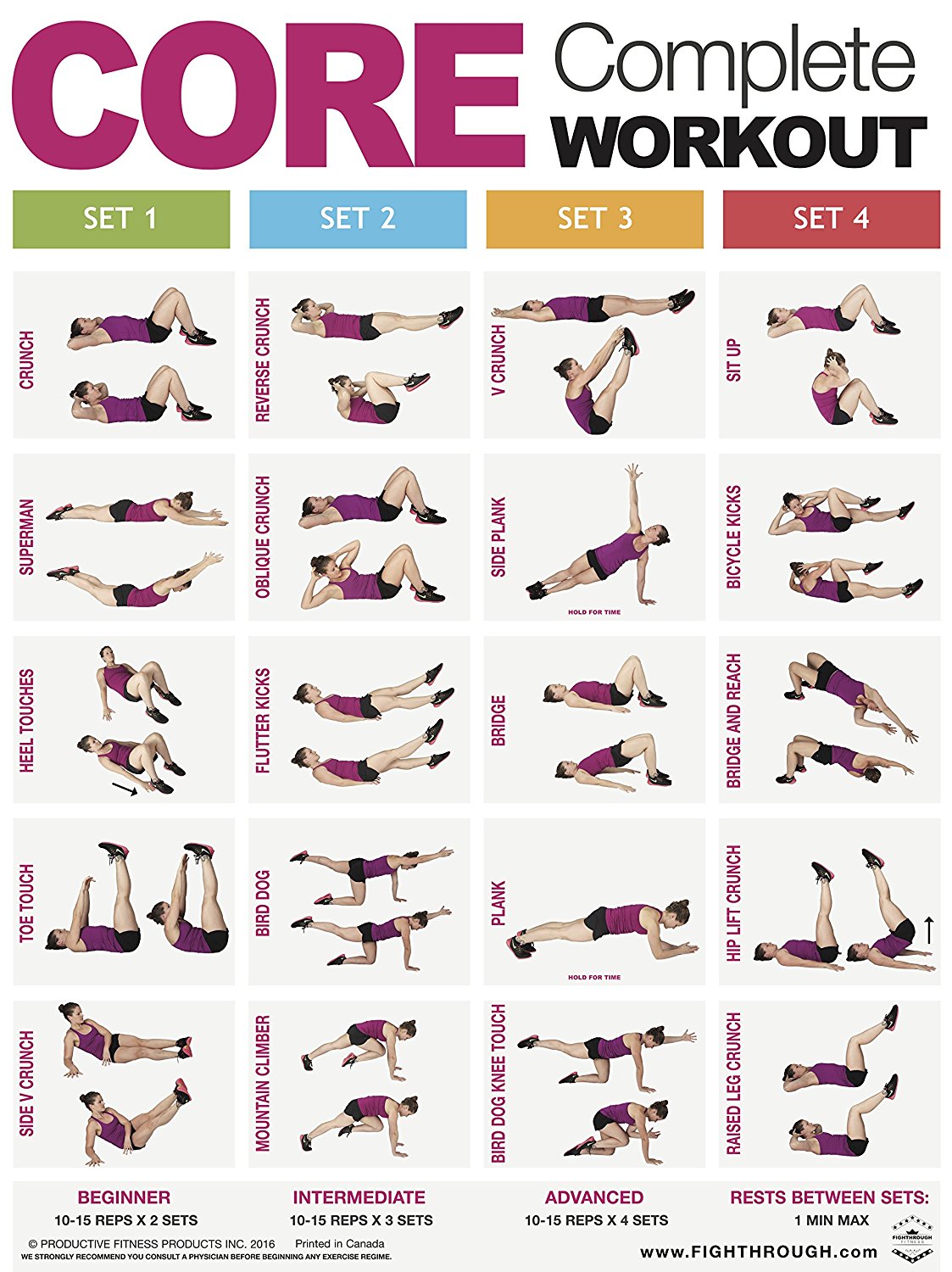

"Strength appears to have little, or a very weak, relationship with low back health. In addition, Stuart McGill, the preeminent authority on spine biomechanics, makes this argument for a different approach to core training in Low Back Disorders: This research from the Journal of Strength & Conditioning Researchfound that the abdominal muscles were better activated with integrated core exercises (with glutes and shoulders recruited at the same time), as opposed to complete isolation. The best way to work the core is to perform compound exercises-big lifts like the squat, deadlift, pull-up, and overhead press, which force the muscles to stabilize the spine. Unfortunately for people doing 100 sit-ups or crunches a day, those exercises simply don't work all the muscles. In any case, the "core" clearly goes far beyond the rectus abdominis. Others refer to it as the anatomy between the knees and the sternum, with an emphasis on the abdominals, low back, and hips. Some describe the entire core as a box, with the abs up front and center, glutes and paraspinals in the back, hip girdle and pelvic floor at the bottom, and diaphragm at the top. Plus, if your client's goal is six-pack abs, we know that abs are made more visible from dieting, not from doing endless crunches. Contrary to popular belief, the core comprises far more than just the four, six, or eight muscles that are visible in the stomach region.

In actuality, those movements really involve you just bending forward to lift your back off the ground and bracing your abs with a flexed spine. That doesn't sound like an effective core workout to me. When most people think of core training, they typically conjure up images of exercisers grunting through crunches and sit-ups.


 0 kommentar(er)
0 kommentar(er)
